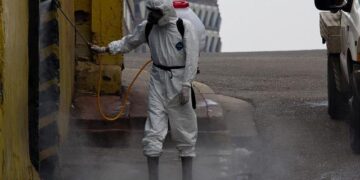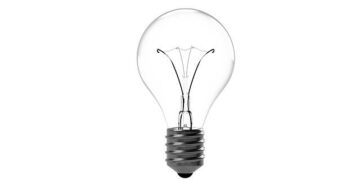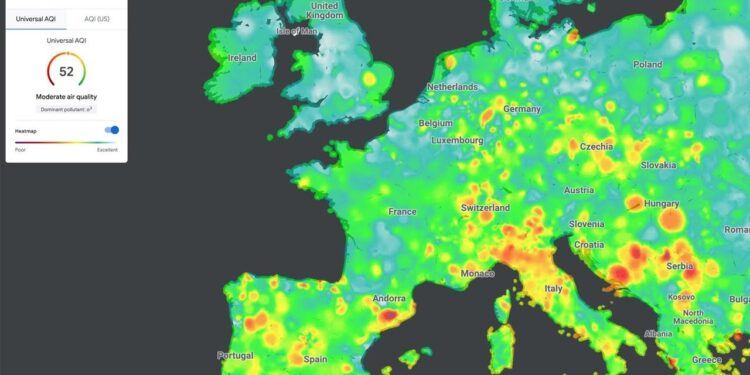The Washington State Department of Ecology has launched an innovative initiative known as the “Air Quality Speed Run,” aimed at rapidly monitoring and improving air quality across the state. As wildfires, urban pollution, and industrial emissions continue to impact the environment and public health, this program seeks to provide timely, accurate data to communities and policymakers. By leveraging cutting-edge technology and streamlined processes, the department is setting a new standard in environmental responsiveness, ensuring that Washington residents receive the critical information they need to safeguard their health.
Washington State Department of Ecology Launches Air Quality Speed Run to Track Pollution Levels
The Washington State Department of Ecology has launched an innovative real-time monitoring initiative designed to provide up-to-the-minute data on air pollution across the state. This new “speed run” focuses on rapidly gathering and analyzing air quality metrics from multiple locations, ensuring communities have access to timely information. By leveraging advanced sensors and mobile monitoring units, officials aim to detect fluctuations in pollution levels caused by traffic, wildfires, and industrial activities, enabling faster responses and improved public health advisories.
Key features of the air quality speed run include:
- Mobile and fixed sensors providing diverse data coverage
- Live data feeds accessible through an online dashboard
- Community alerts for high pollution events
- Collaborative data sharing with local governments and environmental groups
| Monitoring Type | Data Frequency | Coverage Area |
|---|---|---|
| Fixed Stations | Every 5 minutes | Urban & suburban |
| Mobile Units | Continuous during runs | Highways & wildfire zones |
| Satellite Integration | Hourly | Statewide |
Detailed Insights Reveal Key Sources Affecting Washington State’s Air Quality
Washington State’s air quality challenges stem largely from a combination of urban emissions and natural contributors, with recent studies pinpointing vehicular traffic, industrial operations, and wildfire smoke as the predominant influences. Metropolitan areas like Seattle and Spokane show elevated levels of nitrogen oxides and particulate matter, primarily fueled by daily commuting and freight transportation. In parallel, industrial zones contribute sulfur dioxide and volatile organic compounds, compounding health risks especially during temperature inversions in colder months.
Seasonal variations also reveal intriguing dynamics. Wildfire smoke dominates air pollution metrics in summer, impacting regions up to hundreds of miles away from active blazes. These natural events exacerbate airborne particle concentrations, surpassing national safety standards. The table below summarizes the estimated percentage contributions of various sources to the state’s overall air quality index (AQI) variability:
| Source | Estimated AQI Contribution |
|---|---|
| Vehicular Emissions | 42% |
| Industrial Activities | 28% |
| Wildfire Smoke | 20% |
| Residential Heating | 7% |
| Other Sources | 3% |
Efforts to mitigate these impacts include stricter emissions standards, expanded public transit options, and enhanced wildfire prevention initiatives. Continued monitoring and community engagement remain critical as Washington State balances economic growth with the imperative to protect its air quality for all residents.
Recommendations Aim to Empower Communities in Reducing Exposure and Improving Health
Community-driven initiatives are at the forefront of efforts to lower air pollution exposure and promote healthier living environments. Key recommendations include enhancing local air monitoring networks, which provide real-time data that empower residents to make informed decisions about their daily activities. Additionally, the promotion of green infrastructure, such as urban tree planting and the development of green buffers around busy roadways, has been identified as a cost-effective method to reduce airborne contaminants. These strategies not only improve air quality but also strengthen community resilience against future environmental challenges.
Education and outreach remain critical, with programs designed to raise awareness among vulnerable groups, including children, the elderly, and those with pre-existing respiratory conditions. By partnering with schools, healthcare providers, and local organizations, the initiative encourages adoption of practical habits like limiting outdoor exercise during high pollution hours and using air purifiers indoors. The following table highlights recommended community actions with potential health benefits:
| Community Action | Expected Benefit |
|---|---|
| Expand Local Air Monitors | Improved Exposure Awareness |
| Plant Urban Trees | Reduced Particulate Matter |
| Host Health Workshops | Increased Protective Behaviors |
| Create Green Buffers | Lower Traffic Pollution |
To Wrap It Up
In conclusion, the Washington State Department of Ecology’s Air Quality Speed Run offers a streamlined and accessible way for residents to stay informed about local air conditions. By delivering timely data and educational resources, the initiative empowers communities to make informed decisions that protect public health. As air quality concerns continue to grow amid environmental challenges, tools like this demonstrate the state’s commitment to transparency and proactive environmental management. Stay tuned to the Department’s updates to ensure you’re always breathing the best possible air.































